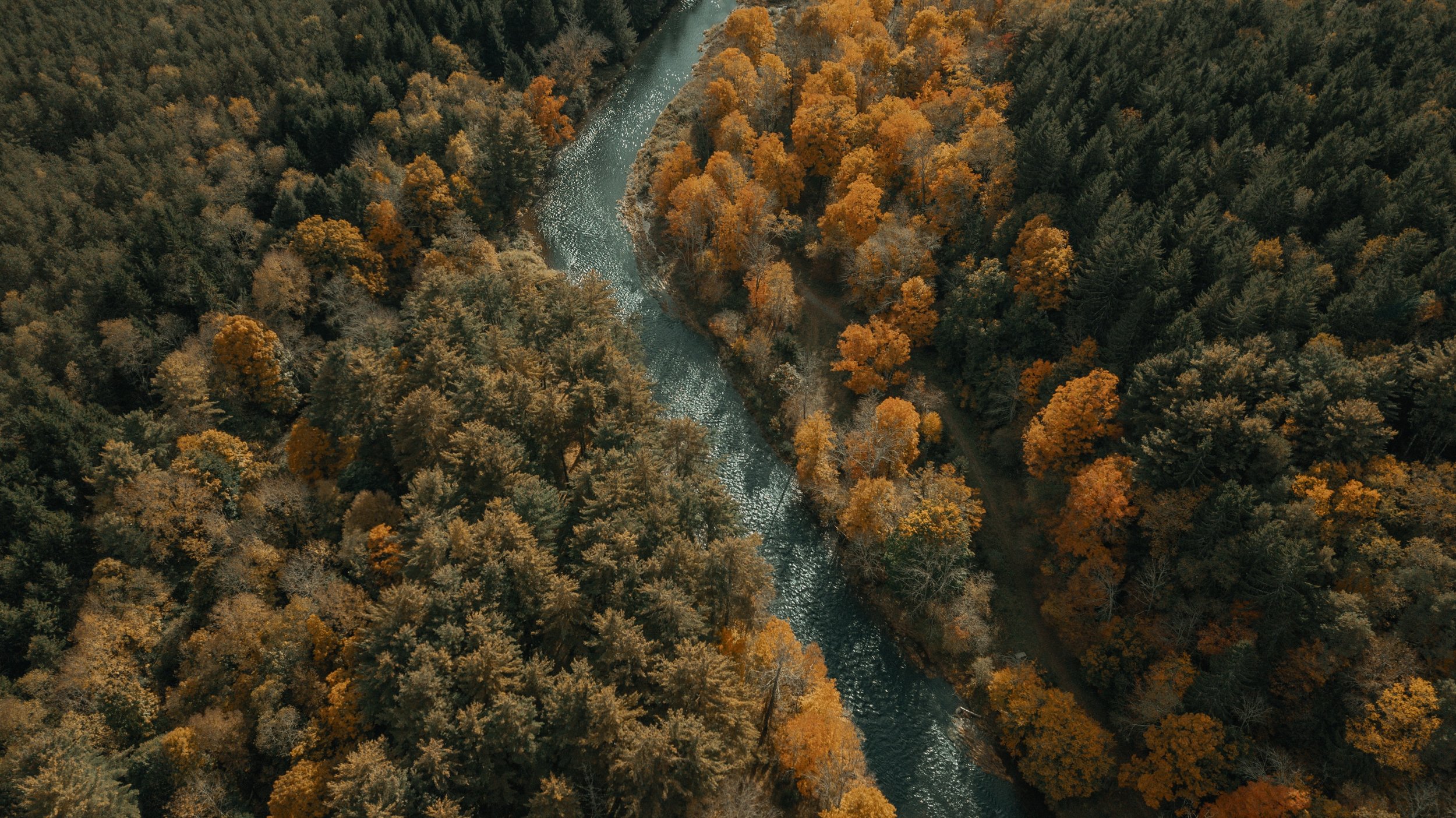Environmental Justice.
Environmental and climate justice is a civil rights issue. We all depend on the physical environment and its bounty.
NAACP New York State Conference Environmental Justice Chair
Appointee coming soon.

Environmental and climate justice is a civil rights issue. We all depend on the physical environment and its bounty.

NAACP New York State Conference Environmental Justice Chair

Appointee coming soon.
